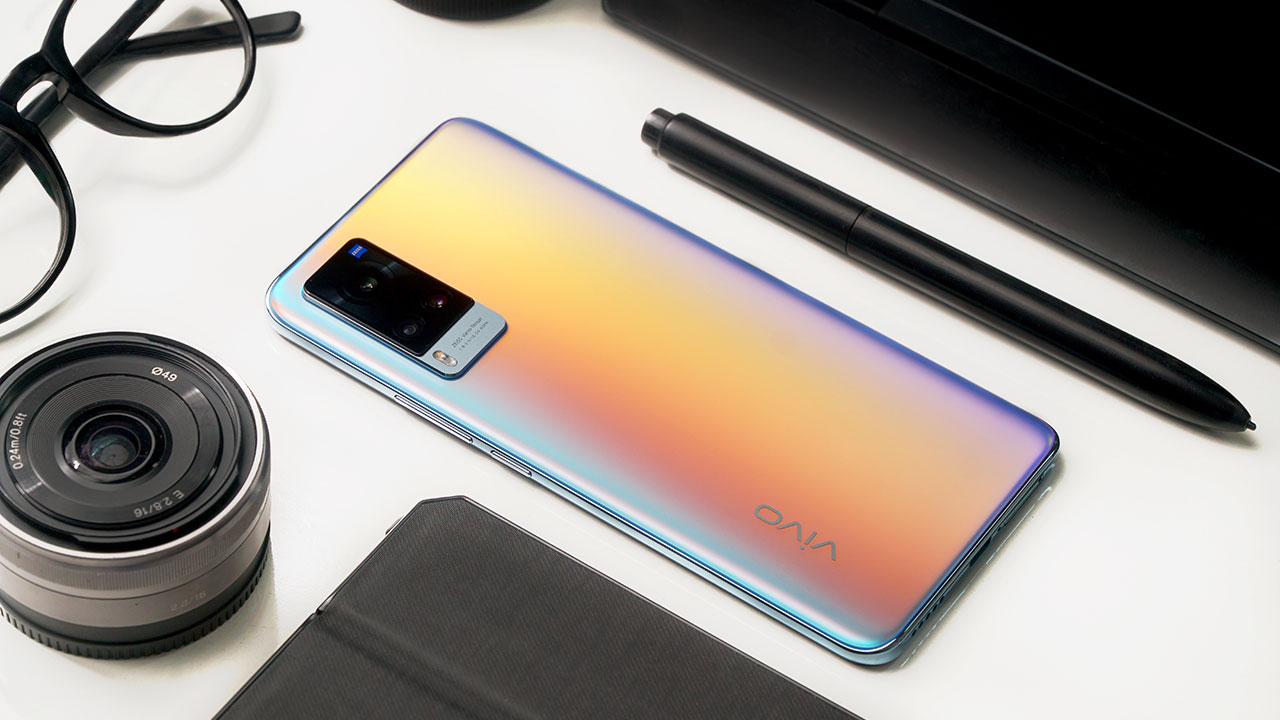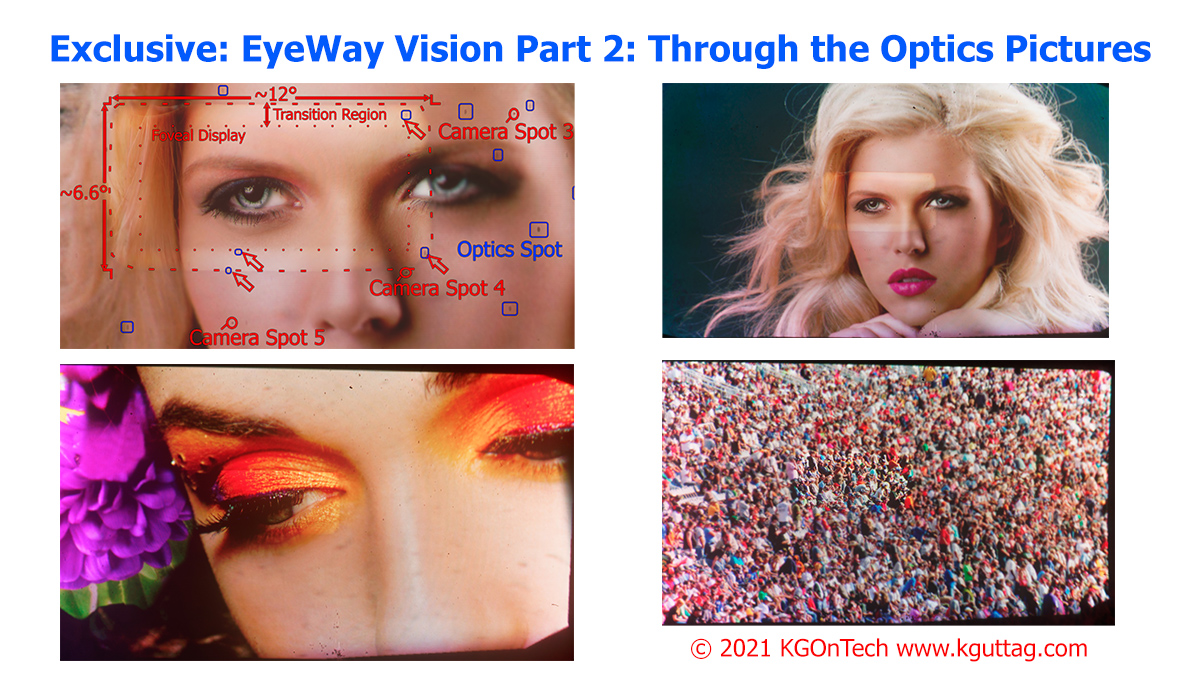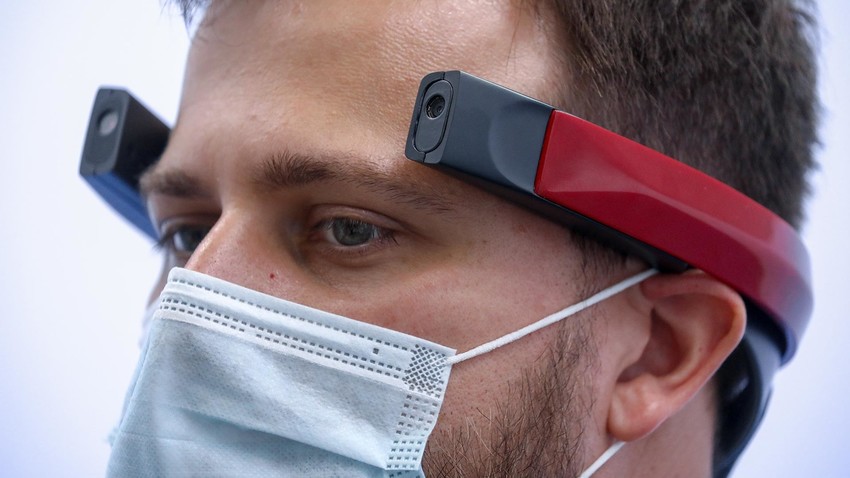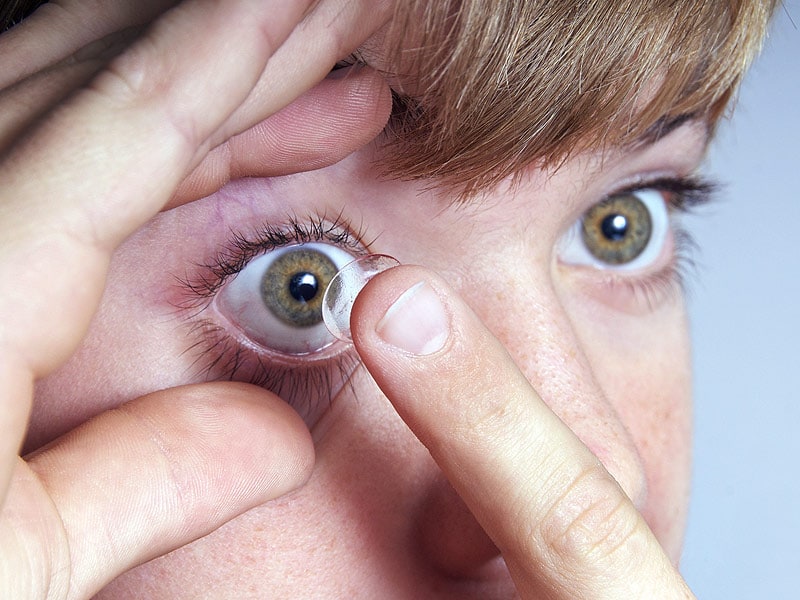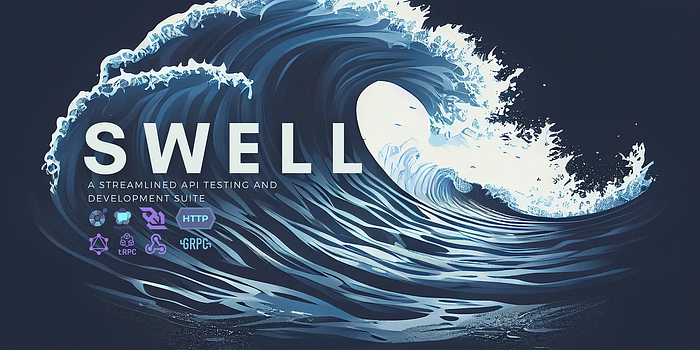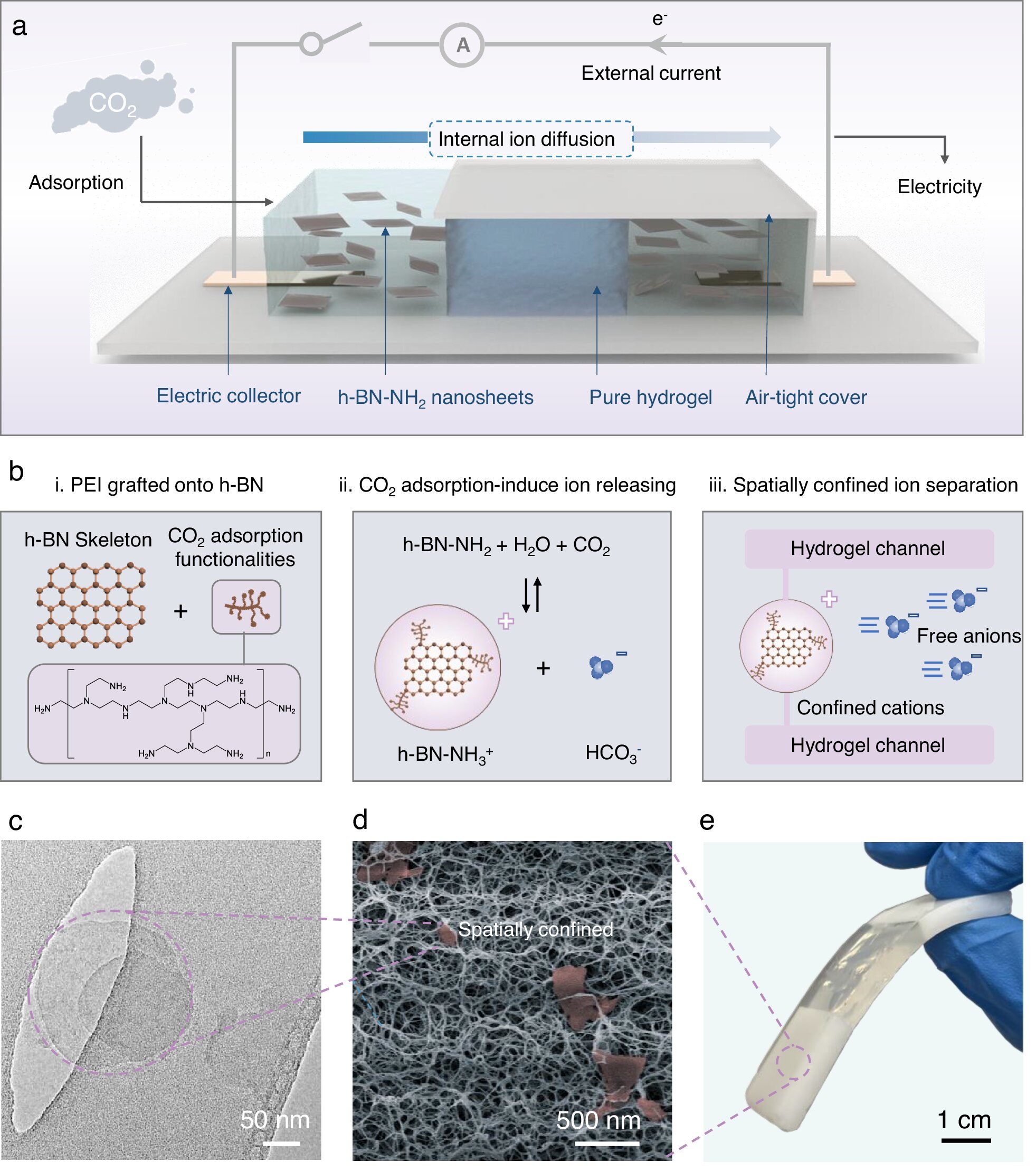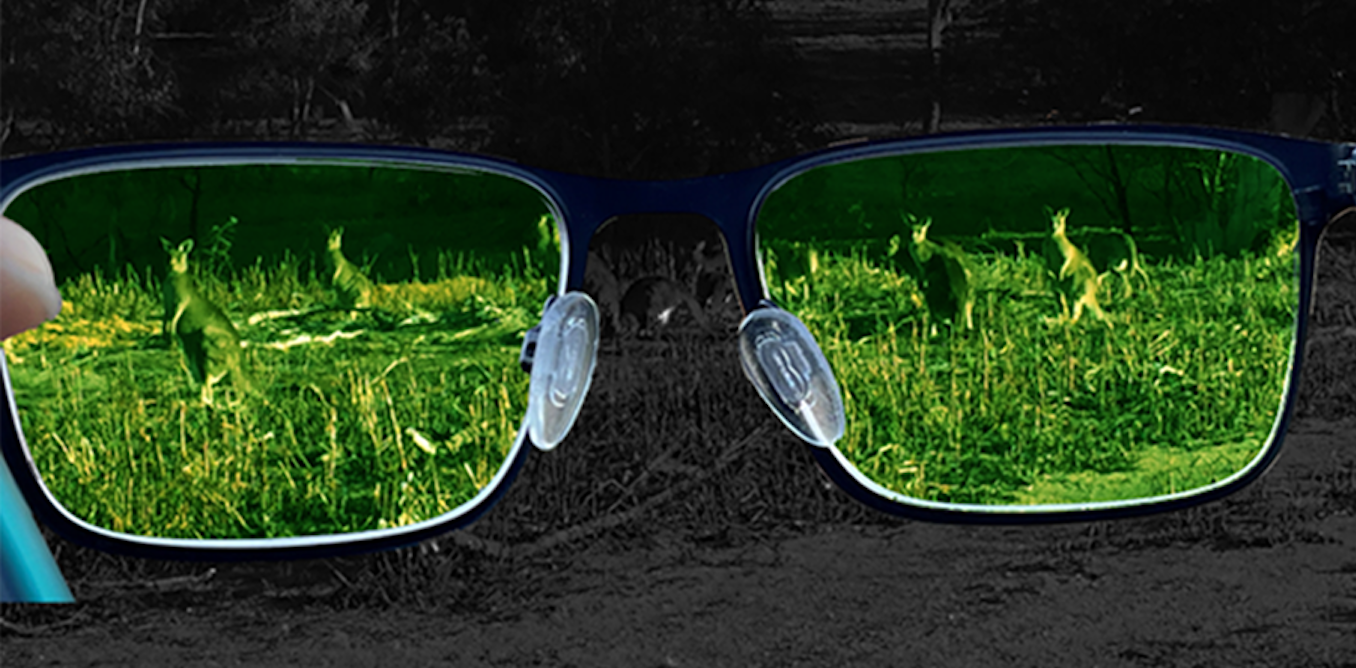
Seeing the invisible: tiny crystal films could make night vision an everyday reality
Postdoctoral fellow, ARC Center of Excellence for Transformative Meta-Optical Systems (TMOS), Australian National University
Rocio Camacho Morales would like to acknowledge the support of the ARC Centre of Excellence for Transformative Meta-Optical Systems (TMOS) and the Consejo Nacional de Ciencia y Tecnología (CONACYT),
It’s a familiar vision to anyone who has watched a lot of action movies or played Call of Duty: a ghostly green image that makes invisible objects visible. Since the development of the first night-vision devices in the mid-1960s, the technology has captured the popular imagination.
Night vision goggles, infrared cameras and other similar devices detect infrared light reflected from objects or rather detect infrared light emitted from objects in the form of heat. Today these devices are widely used not only by the military, but also by law enforcement and emergency services, the security and surveillance industries, wildlife hunters, and camping enthusiasts.
But current technology is not without its problems. Commercial infrared cameras block visible light, disrupting normal vision. The gear is bulky and heavy, and requires low temperatures — and, in some cases, even cryogenic cooling — to work.
